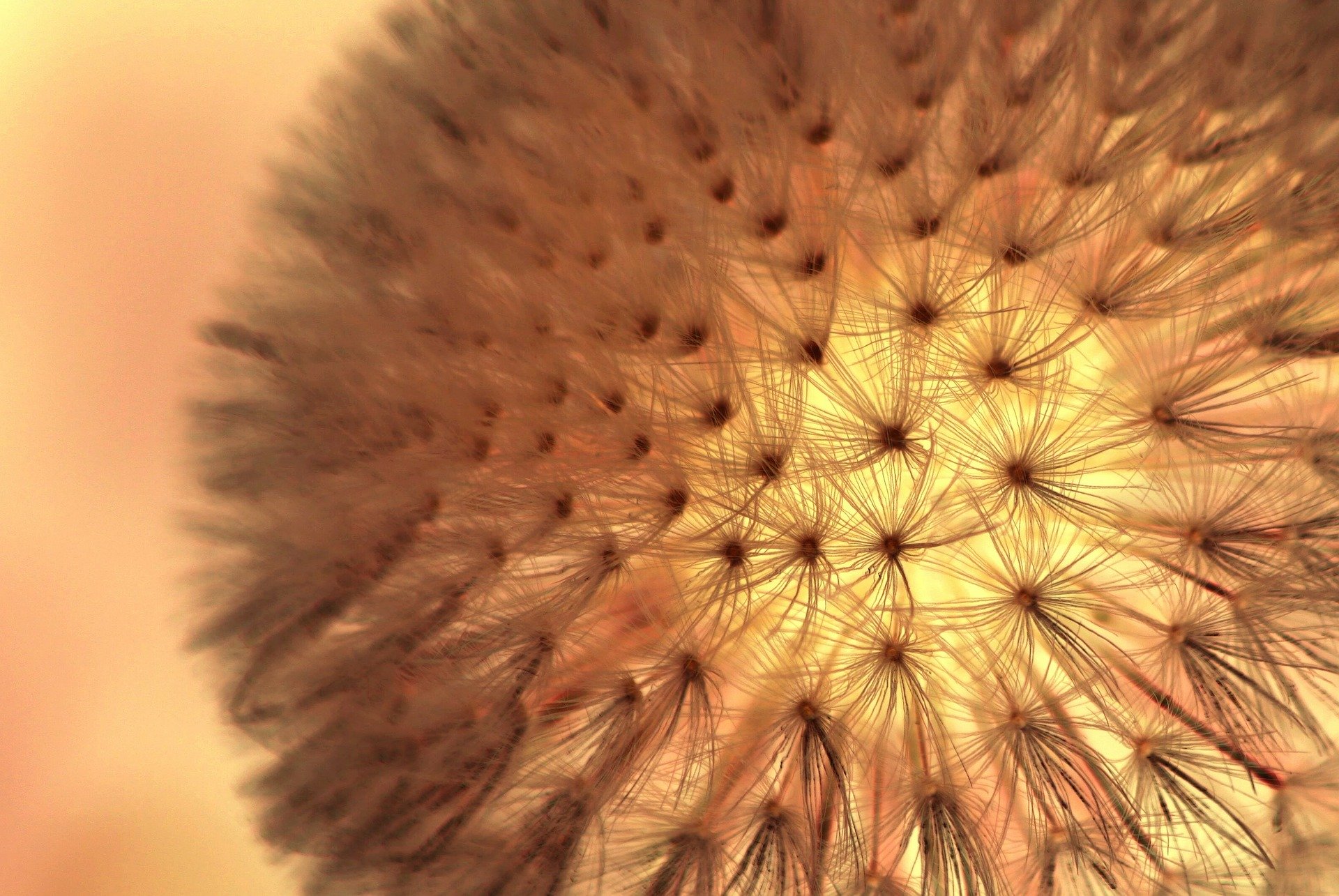
Increases in NAFLD Prevalence
Incidence of fatty liver has been increasing globally. Overall pooled global prevalence has been reported to be around 24%. However, in westernized Asian populations, including in Singapore, its prevalence appears to be higher; prevalence rates as high as 40% been reported. This is alarming!
Although we know that fatty liver largely occurs in alcoholics, it can occur in non-alcoholics too and hence the name NAFLD.
What is Non-Alcoholic Fatty Liver Disease (NAFLD)?
A liver is considered to be “fatty” when it exceeds 5% of normal fat. When there is excess fat, it leads to NASH (Non alcoholic steato hepatosis). This inflammation, over time, leads to the formation of scar tissue, which leads to dead tissues nodules called cirrhosis. Cirrhosis can then lead to hepato cellular cancer.
Most times, NAFLD is not symptomatic and people do not notice any bad effects for years until mild symptoms of low energy, brain fog, digestive disturbances start to resurface. However, NASH and NAFLD is reversible if treated early.
What Causes NAFLD?
Lifestyle plays a huge role in fat accumulation in liver.
- Over eating
- Excess carb intake
- Certain medications
- Environmental toxins ( PCB, POPS, mercury, lead, glyphosate)
- Fructose consumption
- Abdominal excess fat
- Overweight / obesity.
Other important correlations we see with NAFLD are,
- Hormonal disturbances
- Obstructive sleep apnea
- Gut issues and SIBO
How is NAFLD Diagnosed?
Diagnosis can be made through regular labs. There is a misconception that liver enzymes are a reliable predictor of fatty liver, but as a leading naturopathic doctor in Singapore, I have learned otherwise. Half of my patients with NAFLD have liver enzymes that fall within normal reference ranges. GGT is usually higher in NAFLD, other liver enzymes are higher in NASH. Serum ferritin, other inflammation markers, and fasting insulin are all important markers to check. An ultrasound may be used to screen fatty liver, but may not be reliable in obese patients.
To reiterate, if you are suffering from the symptoms of fatty liver, speak with a doctor about having labs done. This is the most effective way to screen for NAFLD.
How To Treat a Fatty Liver
Proper Nutrition Helps Patients Suffering From Fatty Liver Disease
Studies have shown treatments targeted at weight loss with healthy nutrition are crucial for treating fatty liver:
- Whole foods low carb diet
- Healthy oils: mono un saturated fatty acids such as avocado, olive oils, nuts, etc.
- Greens and other multi-color vegetables.
- Choosing fish with high omega fats
- Limiting consumption of sugars, fructose, alcohol, conventional meat, poultry, refined carbs etc.
- Removal of food intolerances can help greatly (check with your Naturopathic doctor)
Environmental Factors Influence Fatty Liver
Firstly limit over the counter medications such as fever reducers and other medications. The liver is a vital organ responsible for processing medications and toxins. When overused or used in high doses, acetaminophen (Tylenol, for instance) can cause liver damage and exacerbate conditions like fatty liver disease. This is because the drug is metabolized by the liver, and excessive amounts can lead to an accumulation of toxic metabolites. Studies have indicated that even at recommended doses, long-term use of acetaminophen can increase the risk of liver dysfunction, particularly in individuals with preexisting liver conditions or those who consume alcohol regularly.
Secondly, to protect liver health, it’s crucial to reduce exposure to toxic chemicals such as herbicides, pesticides, and artificial fragrances. These substances, often found in household cleaning products, personal care items, and non-organic produce, can contribute to liver stress. Many of these chemicals have been linked to the development of insulin resistance, a condition where the body’s cells do not respond effectively to insulin. Insulin resistance is a significant risk factor for the development of fatty liver disease, as it can lead to an increased accumulation of fat within liver cells. To mitigate this risk, opting for organic and clean products is advisable. Organic products are free from synthetic pesticides and herbicides, while clean products typically avoid harmful chemicals and artificial fragrances. If you need guidance on selecting safe products that won’t damage your liver, call your functional medicine doctor in Singapore as soon as possible for an appointment.
Can You Treat a Fatty Liver With Exercise?
Yes, exercise has been shown to lower the fat levels in liver. Low intensity cardio, high intensity training has all proven to be effective. It is important that you keep exercise schedules consistent, and that you d things that you enjoy.
Get Help With Obstructive Sleep Apnea (OSA) or Other Sleep Problems
Get tested for OSA if you snore or feel tired during the day. OSA is associated with cardiovascular disease and obesity! Both of these issues are correlated with fatty liver disease and should be addressed.
What Supplements Boost Liver Metabolism and Fight NAFLD?
Several supplements have shown promising results in fatty liver. Alpha lipoic acid, green tea, Milk Thistle, dandelion, berberine, vitamin E and others may help. Discuss these with your homeopathic doctor or natural medicine practitioner to find out if these are right for you. Additionally, a doctor can help you get medical grade supplements (at wholesale prices) that you would not be eligible for otherwise — FullScripts, for instance, requires a doctor referral.
Liver is a very resilient and only organ that can regenerate fully. Take action, protect your liver, and get your energy levels back. If you have been diagnosed with fatty liver, want to know if you have a fatty liver, or want to increase your energy levels, give us a call. We can help.
Sources:
https://europepmc.org/article/med/26017679
https://www.ncbi.nlm.nih.gov/pubmed/24923704 https://www.ncbi.nlm.nih.gov/pubmed/26463276
https://www.ncbi.nlm.nih.gov/pmc/articles/PMC4881459/
https://www.ncbi.nlm.nih.gov/pmc/articles/PMC5954622/
https://www.ncbi.nlm.nih.gov/pubmed/23273500
https://www.ncbi.nlm.nih.gov/pmc/articles/PMC6163009/
https://www.ncbi.nlm.nih.gov/pubmed/16801591?dopt=Citation
https://www.ncbi.nlm.nih.gov/pubmed/22656328?dopt=Citation
https://www.ncbi.nlm.nih.gov/pubmed/22656328?dopt=Citation]
https://www.ncbi.nlm.nih.gov/pubmed/25911335?dopt=Citation
https://www.ncbi.nlm.nih.gov/pubmed/23278163?dopt=Citation
https://www.ncbi.nlm.nih.gov/pubmed/21126940?dopt=Citation
https://www.ncbi.nlm.nih.gov/pubmed/25371775?dopt=Citation


